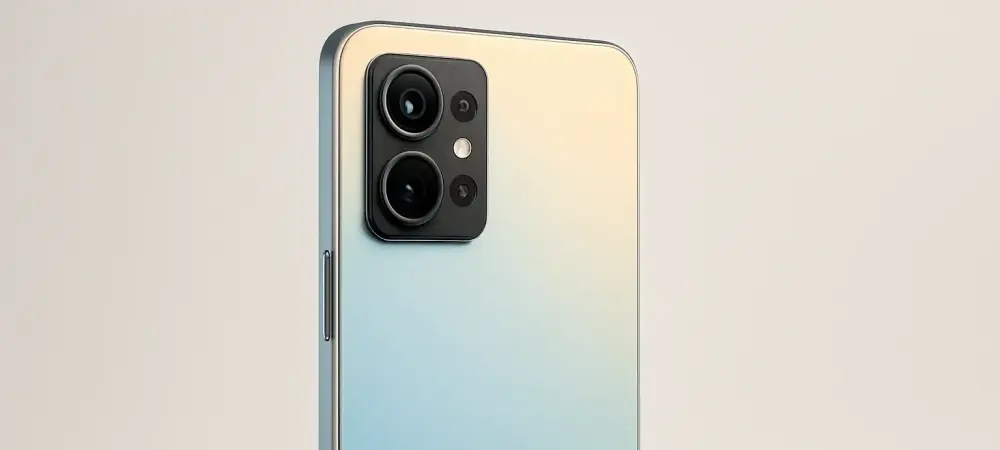What if a single device could transform the way moments are captured, turning every snapshot into a gallery-worthy masterpiece, and challenge the very boundaries of mobile imaging with technology that rivals professional cameras? Picture a smartphone like the Oppo Find X9 Pro, a flagship device recently launched, which has ignited curiosity with its bold promise to revolutionize smartphone photography. With reservations already buzzing in China and global markets eager for a taste, this device isn’t just another gadget—it’s a potential game-changer in a world obsessed with visual storytelling.
The significance of this release lies in the escalating role of smartphone cameras as essential tools for both casual users and professionals. As social media platforms amplify the demand for high-quality content, manufacturers are racing to deliver cutting-edge technology that meets these needs. Oppo’s latest offering steps into this competitive arena with a clear mission: to set a new benchmark for what mobile photography can achieve. This isn’t merely about specs on a sheet; it’s about reshaping how people document their lives in an increasingly image-driven society.
A Bold Leap in Mobile Imaging
The Oppo Find X9 Pro arrives at a time when smartphone photography is no longer a secondary feature but a primary selling point. With a staggering 50 MP default resolution for photos in optimal lighting, this device surpasses many Android competitors stuck at 12 MP pixel-binned outputs and even outshines Apple’s 24 MP standard on recent models. Rumors about the Pro variant hint at a jaw-dropping 200 MP telephoto camera, promising detail so fine it could capture the texture of a distant leaf.
Beyond raw numbers, the inclusion of the Sony LYT-828 sensor in the Pro model ensures top-tier image quality, aligning it with elite devices in the market. Features like the “Danxia Color Restoration Optics” further enhance color accuracy, delivering visuals that pop with lifelike vibrancy. In low-light conditions, a smart switch to 12 MP pixel binning maintains clarity, showcasing a balance between innovation and practicality that could appeal to a wide range of users.
The Growing Hunger for Superior Smartphone Cameras
Today’s digital landscape places unprecedented importance on a smartphone’s ability to capture stunning visuals. From influencers crafting polished posts to filmmakers shooting cinematic shorts on the go, the camera has become the heartbeat of modern devices. A recent study revealed that over 80% of smartphone users prioritize camera quality when choosing their next purchase, underscoring the shift toward visual content as a cultural cornerstone.
This demand creates fierce competition among brands, with each striving to outdo the other in imaging prowess. Apple’s move to a higher default resolution in its latest lineup set a high bar, but Oppo’s aggressive push with the Find X9 series signals an intent to leap even further. This battle isn’t just technical—it reflects a broader trend of smartphones evolving into indispensable creative tools for millions worldwide.
Unpacking the Cutting-Edge Camera Tech
Diving deeper into the Oppo Find X9 Pro’s arsenal, the video capabilities stand out as a major draw for content creators. The device supports 4K120 recording in 10-bit log format, a feature that offers immense flexibility for post-production color grading. This aligns with professional-grade standards, making it a viable option for videographers who need high-quality footage straight from their pocket.
The collaboration with Hasselblad adds another layer of prestige, introducing “Hasselblad 8K Ultra HD Photos” to the mix. This partnership, highlighted by Oppo manager Zhou Yibao, isn’t just branding—it’s a commitment to imaging excellence rooted in Hasselblad’s storied legacy. The global availability of a dedicated Hasselblad camera kit marks a first for the brand, potentially equipping enthusiasts with tools to elevate their craft to new heights.
What the Experts Are Saying
Industry voices are already amplifying the hype surrounding this release. Indian leaker Yogesh Brar recently noted significant international anticipation, suggesting that Oppo’s ambitions resonate far beyond China’s borders. This sentiment hints at a device poised to make waves in markets hungry for premium smartphone experiences.
Official commentary from Oppo reinforces this excitement, with Zhou Yibao emphasizing the transformative potential of their Hasselblad partnership. Early reactions from tech watchers position the Find X9 Pro as a serious contender against upcoming heavyweights like Apple’s next flagship. The consensus seems to be that Oppo isn’t content to follow trends—it’s determined to define them, challenging competitors to keep pace in the premium segment.
Maximizing the Power of This Device
For those eager to harness the Oppo Find X9 Pro’s capabilities, practical application is key to unlocking its full potential. Start by leveraging the 50 MP resolution in bright settings to capture intricate details, ideal for expansive landscapes or detailed portraits destined for large prints. This feature can turn a casual shot into a professional-grade image with minimal effort.
Video enthusiasts should explore the 4K120 10-bit log mode, pairing it with editing software to refine colors and craft cinematic stories. For added versatility, tapping into the Hasselblad camera kit—where available—can provide accessories that push creative boundaries. Even in dim environments, the pixel binning technology ensures usable shots, encouraging experimentation regardless of lighting challenges.
Looking back, the launch of the Oppo Find X9 Pro marked a pivotal moment in the evolution of smartphone photography. Its groundbreaking features, from unmatched resolution to professional video modes, demonstrated a clear intent to lead rather than follow. As the dust settled, it became evident that this device had not only met expectations but also sparked a broader conversation about the future of mobile imaging. Moving forward, users and creators alike are encouraged to dive into these tools, pushing their creativity to new limits. The challenge now rests with the industry to match or exceed this benchmark, while enthusiasts can seize the opportunity to redefine their visual narratives with a device built for innovation.

